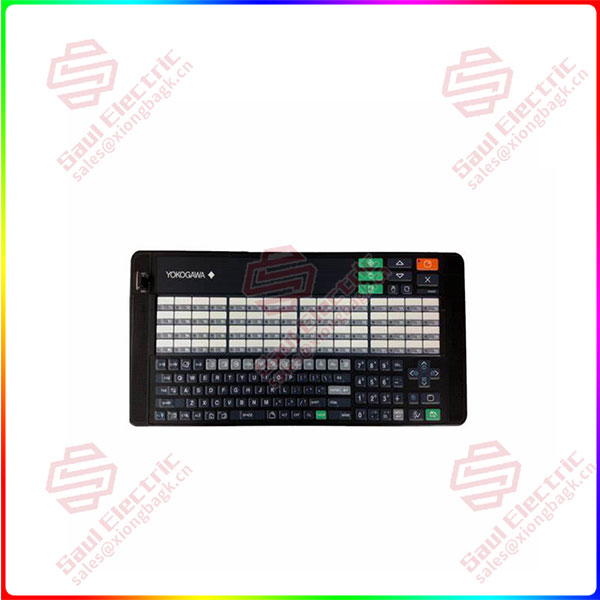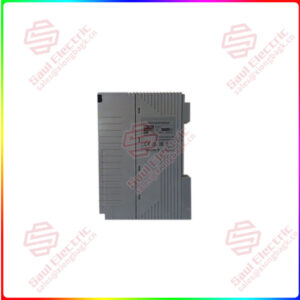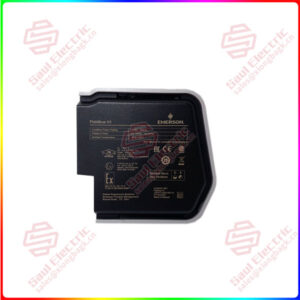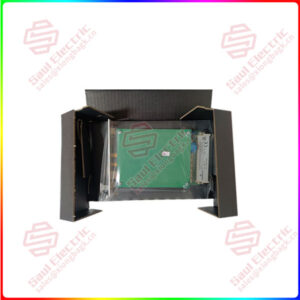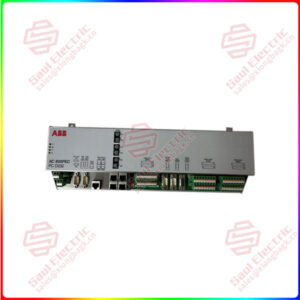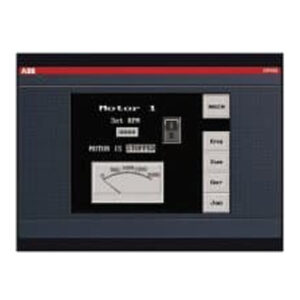Description
Overview
Essential details:AIP831-101 YOKOGAWA Operation Keyboard
lf you need to inquire or purchase ,please send the product models to my email or call medirectly .
sunny He
[Email] sales@xiongbagk.cn
[Mobile] 86-18059884797
[WhatsApp] 86-18059884797
[Skype] sales@saulcontrol.com
AIP831-101 YOKOGAWA Operation Keyboard
Advantages of the αi SPM-30HVI unit
[F4] : Opens the address bar list. It is mainly used to open the address bar list in Internet Explorer.
[F5] : Refresh. Mainly used to refresh the status of the current page.
[F6] : Locate the address bar. The main thing is to quickly locate the address bar in Internet Explorer or Explorer.
【F7】 : Enable insert cursor browsing. It is used to enable or disable insertion cursor browsing in Internet Explorer.
【F8】 : Displays the startup menu. It can be used to quickly bring up the enable menu during the startup process, or to accept Microsoft’s installation agreement when installing Windows.
[F9] : Has a specific role in a specific application. For example, Windows Media Player can be used to quickly reduce the volume.
[F10] : Used to activate a menu in Windows or an application. It can also be used to quickly provide volume in Windows Media Player.
[F11] : Full screen. You can change the current page to full screen.
[F12] : Has a specific role in a specific application. For example, in word, you can quickly pop up to save as a window.


 1 Year Warranty
1 Year Warranty
